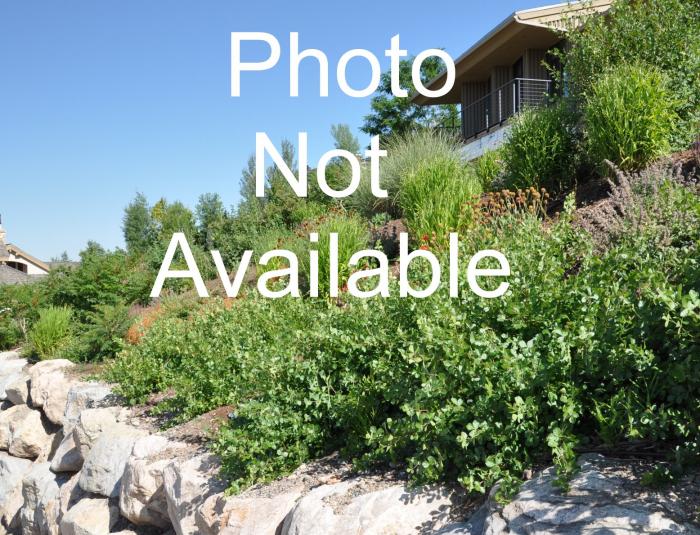| Botanical Name: Fraxinus mandshurica | |
| Common Name: Manchurian Ash |

-
Anatomy
-
Culture
-
Design
Plant Type
Tree
Height Range
25-40', 40-60'
Flower Color
n/a
Flower Season
n/a
Leaf Color
Green
Bark Color
Brown
Fruit Color
n/a
Fruit Season
n/a
Sun
Full
Water
Medium
Growth Rate
Slow
Soil Type
Sandy, Clay, Loam, Rocky, Unparticular
Soil Condition
Average, Rich, Poor, Well-drained, Dry
Soil pH
Acid, Neutral, Basic
Adverse Factors
n/a
Design Styles
Mediterranean, Ranch, Spanish, Woodland
Accenting Features
Fall Color, Silhouette
Seasonal Interest
Winter, Summer, Fall
Location Uses
Background, Entry, Shrub Border, Lawn, Park, Walls / Fences
Special Uses
Screen, Shade Tree, Small Spaces
Attracts Wildlife
n/a
Information by: Stephanie Duer
Photographer:
Photographer:
-
Description
-
Notes
The Manchurian ash is an ideal deciduous tree for smaller yards, where a tree with a lush crown is desired. Its upward-arching branches are so strong and stout that they shrug off the heaviest snows and most ice storms. In summer, bright green, almost chartreuse leaves give the tree a cool, refreshing look. The real show comes in fall when the leaves turn intense chrome yellow; then almost as if on cue, they drop in unison—leaves only have to be raked once. After the leaves have fallen, the new wood displays its yellow color all winter. Grows about 45 feet tall and 25 feet wide.
WARNING: Emerald Ash Bore have been identified in Colorado; this is a highly destructive invasive pest and has caused significant damage to ash trees throughout the eastern United States. Go to utahpests.usu.edu for more information.
Grow in full sun and well drained soil. Ashes are adaptive to a variety of soil types and pH. Though heat and drought tolerant, when planted in an area with alot of hardscape (such as a parking lot or plaza), they will be healthier if provided with extra water during the hot summer months.